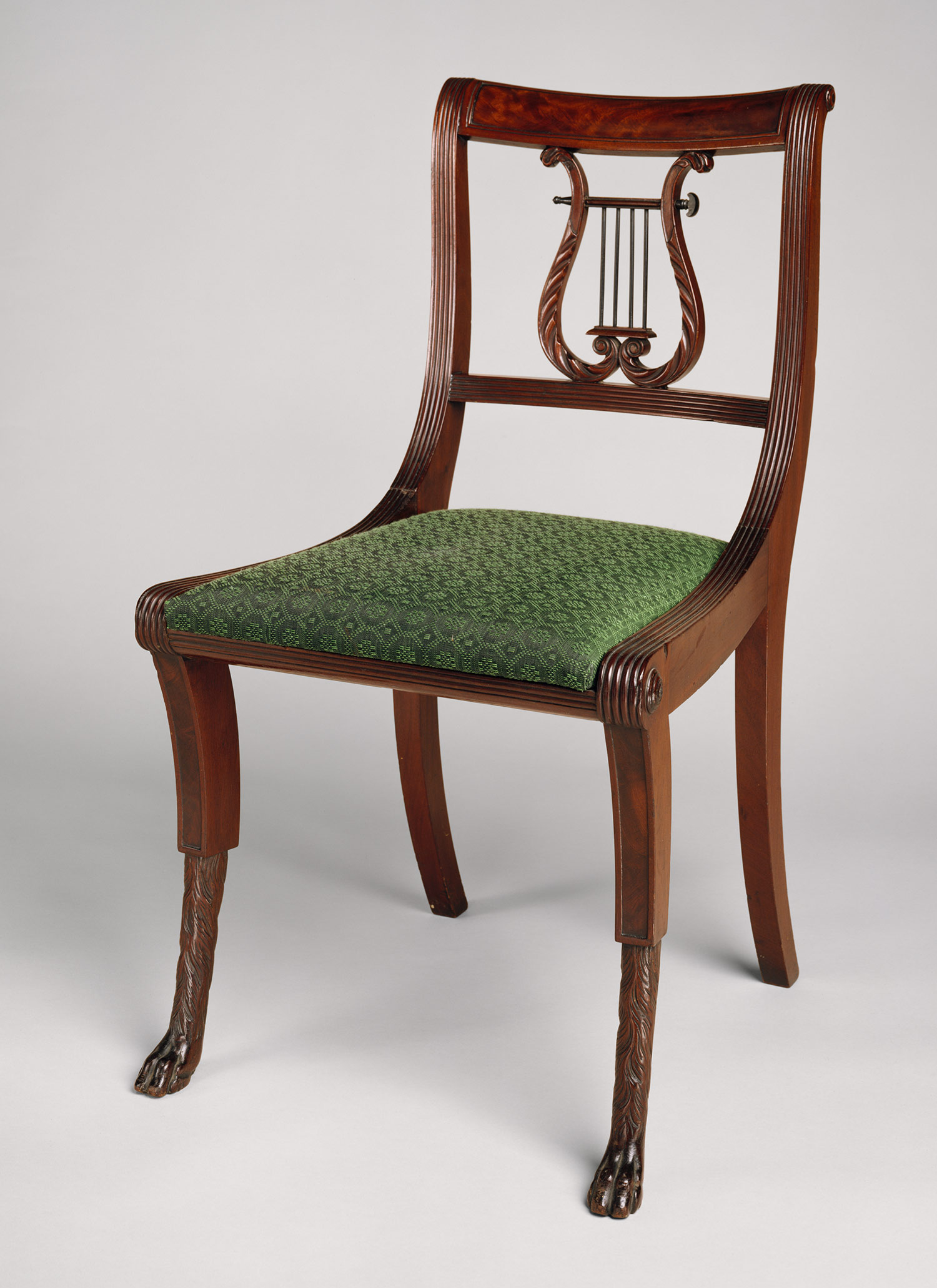So, fabric. While I'm secure enough with my masculinity to be looking at swatches, I'm not knowledgeable enough to understand half of what I'm looking at. This is a classic example of life imitating art.
Remember that episode of Coupling, you know the one where Steve sees Sally naked, the same day he has to make a decision about decorating styles with his soon-to-be-live-in girlfriend, Susan? Here's one of his best monologues ever below.
Anyhow, this next project involves a little carpentry, hanging some hardware. and. shudder. fabric.
I'm this close to loosing it. Wines, earth tones, grays, or blues? Modern, contemporary, or traditional?
Honestly, I don't care to have opinions on fabric, either.



